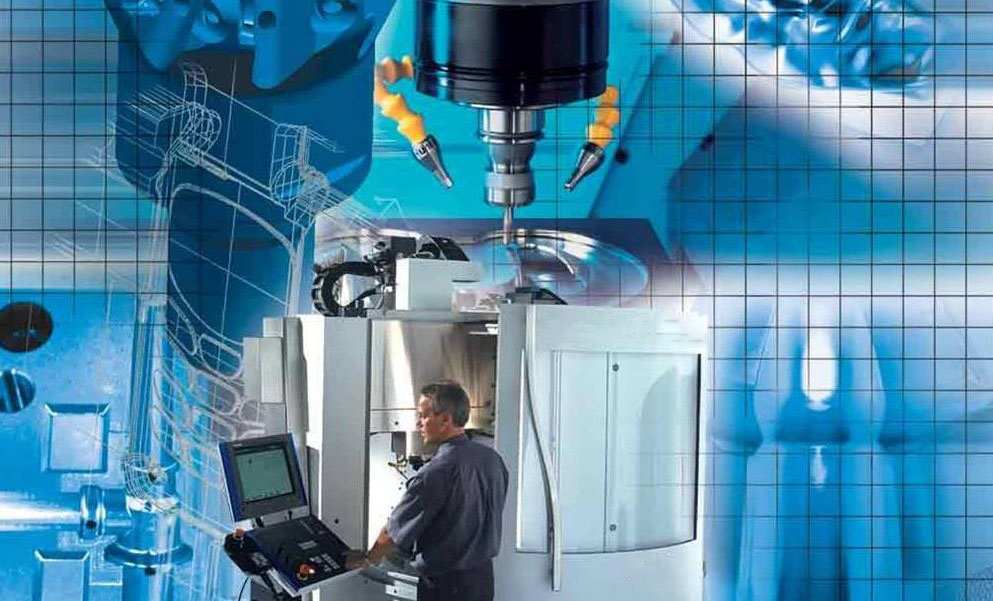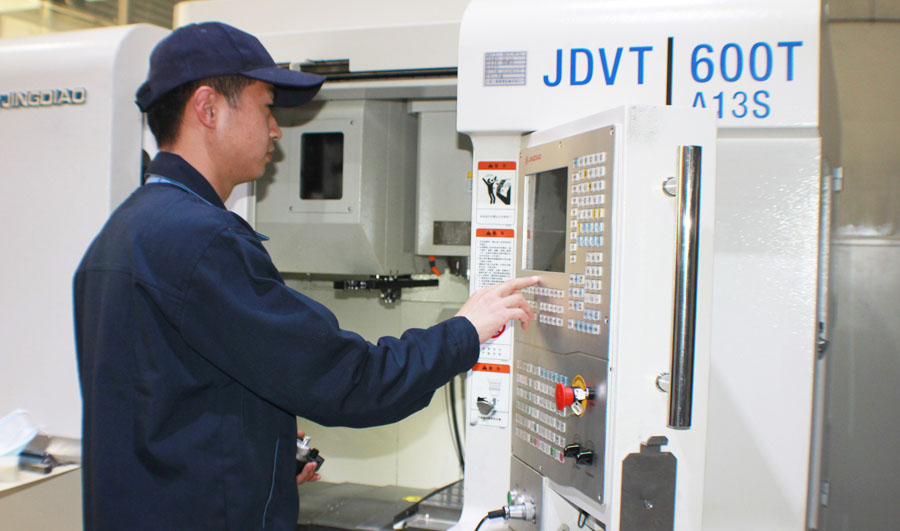CNC machining, refers to machining with CNC machine. Because CNC machining is controlled by a computer after programming, CNC machining has the advantages of stable machining quality, high machining accuracy, high repeatability, complex surface machining, and high machining efficiency. In the actual machining process, human factors and operating experience will affect the final processing quality to a large extent. This article summarizes 12 valuable experiences about CNC machining, hope our professional experience can help you.

1. How To Divide The CNC Machining Procedure?
The division of CNC machining procedures can generally be carried out according to the following methods:
- The tool centralized ordering method is to divide the processes according to the tools used, and use the same tool cnc to process all the parts that can be completed on the part. Use the second knife and the third knife to complete other parts they can complete. This can reduce the number of tool changes, reduce idle time, and reduce unnecessary positioning errors.
- According to the ordering method of processing parts, for parts with a lot of CNC machiningcontent, the processing part can be divided into several parts according to its structural characteristics, such as inner shape, shape, curved surface or plane, etc. Generally, the plane and positioning surface are processed first, and then the hole is processed; the simple geometric shape is processed first, and then the complex geometric shape is processed; the parts with lower precision are processed first, and then the parts with higher precision requirements are processed.
- For parts that are prone to CNC machining deformation by the rough and fine CNC machining sequence method, due to the deformation that may occur after rough machining, the shape needs to be corrected. Therefore, in general, all the rough and finishing processes must be adjusted. separate.
In summary, when dividing the process, we must flexibly grasp the structure and manufacturability of the parts, the function of the machine tool, the number of parts CNC machining content, the number of installations and the production organization of the unit. It is also recommended to adopt the principle of process concentration or the principle of process dispersion, which should be determined according to the actual situation, but must strive to be reasonable.
2. What Principles Should Be Followed In The Arrangement Of CNC Machining Sequence?
The arrangement of the processing sequence should be considered according to the structure of the part and the condition of the blank, as well as the needs of positioning and clamping. The important point is that the rigidity of the workpiece is not destroyed. The order should generally be carried out according to the following principles:
- The cnc processing of the previous process cannot affect the positioning and clamping of the next process, and the general machine tool processing processes should also be considered comprehensively.
- Carry out the inner cavity adding procedure first, and then the contour processing procedure.
- It is best to connect the processes of cnc machining with the same positioning, clamping method or the same tool to reduce the number of repeated positioning, tool change times and the number of times of moving the platen.
- For the multiple processes carried out in the same installation, the process should first be arranged with less rigid damage to the workpiece.
3. Which Aspects Should Be Paid Attention To When Determining The Clamping Method Of The Workpiece?
The following three points should be paid attention to when determining the positioning reference and clamping plan:
- Strive to unify the design, craftsmanship, and programming calculation benchmarks.
- Minimize the number of clamping times, as far as possible to be able to CNC process all the surfaces to be processed after one positioning.
- Avoid using manual adjustment schemes.
- The fixture should be opened smoothly, and its positioning and clamping mechanism should not affect the cutting during cnc processing (such as collision). When encountering such a situation, it can be clamped by using a vise or adding a base plate to draw a screw.

4. How To Determine The Tool Setting Point Is More Reasonable? What Is The Relationship Between The Workpiece Coordinate System And The Programming Coordinate System?
- The tool setting point can be set on the part to be processed, but note that the tool setting point must be the reference position or the part that has been finished. Sometimes the tool setting point is destroyed by cnc processing after the first process, which will cause the second It is impossible to find the tool setting point for the process and the subsequent process. Therefore, when setting the tool in the first process, pay attention to setting up a relative tool setting position where there is a relatively fixed size relationship with the positioning datum, so that it can be based on the relative position relationship between them. Retrieve the original knife point. This relative tool setting position is usually set on the machine tool table or fixture. The selection principles are as follows:
- 1) Easy to align.
- 2) Easy to program.
- 3) The tool setting error is small.
- 4) It is convenient and available to check during processing.
- The origin position of the workpiece coordinate system is set by the operator. It is determined by tool setting after the workpiece is clamped. It reflects the distance position relationship between the workpiece and the machine zero point. Once the workpiece coordinate system is fixed, it is generally not changed. The workpiece coordinate system and the programming coordinate system must be unified, that is, the workpiece coordinate system and the programming coordinate system are consistent during processing.
5. How To Choose The Knife Route?
The path of the tool is the path and direction of the tool relative to the workpiece in the index control process. The reasonable choice of the processing route is very important, because it is closely related to the CNC machining accuracy and surface quality of the part. When determining the path of the knife, the following points are mainly considered:
- Ensure the machining accuracy requirements of the parts.
- Convenient numerical calculation and reduce programming workload.
- Seek the shortest cnc processing route, reduce the empty tool time to improve cnc processing efficiency.
- Minimize the number of program segments.
- To ensure the roughness requirements of the workpiece contour surface after CNC machining, the final contour should be processed continuously in the last pass.
- The advance and retreat (cut-in and cut-out) route of the tool should also be carefully considered to minimize the tool stop at the contour (a sudden change in cutting force causes elastic deformation) and leave tool marks, and avoid vertical downward on the contour surface. Knife and scratch the workpiece.


